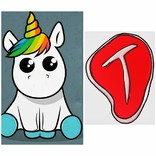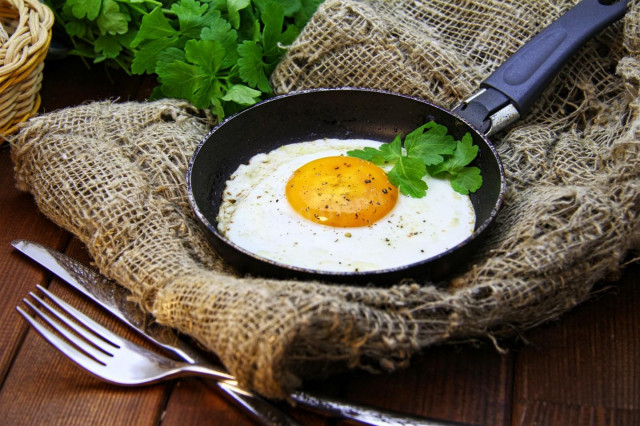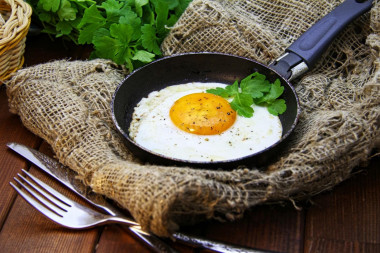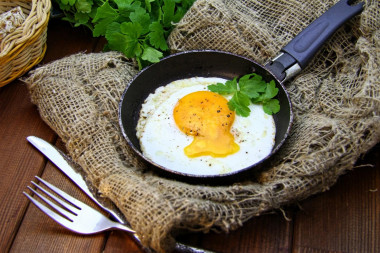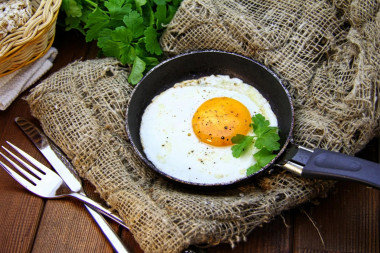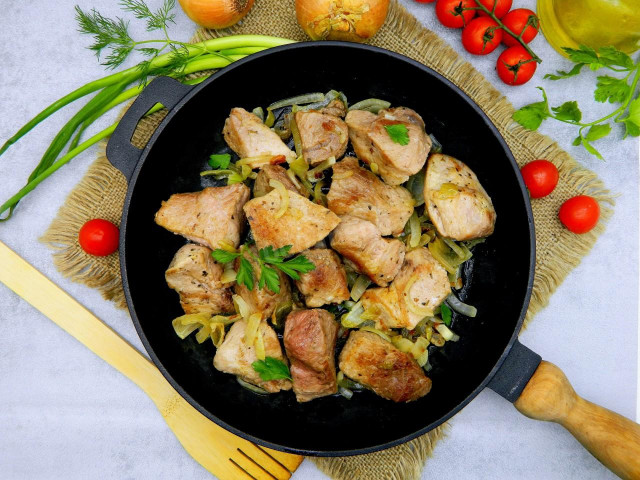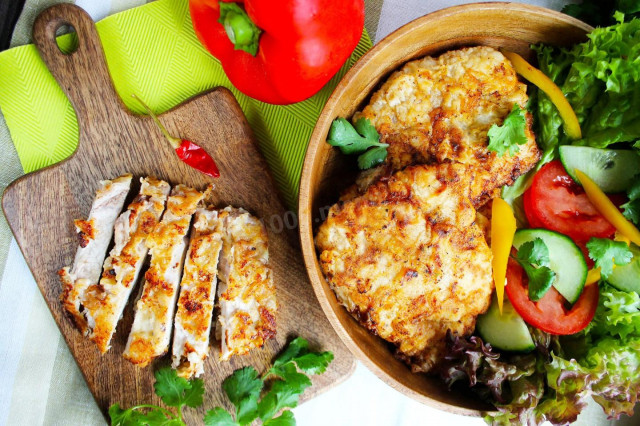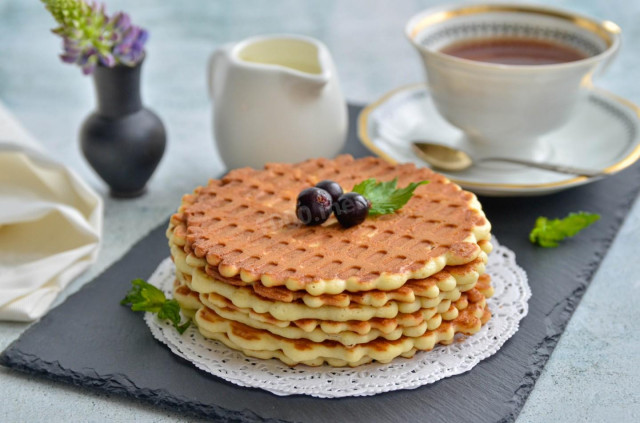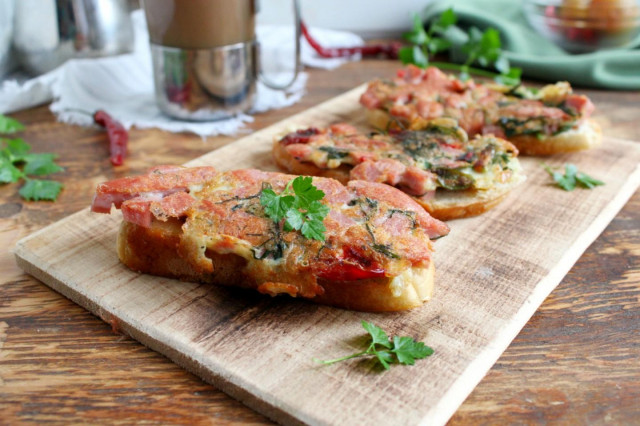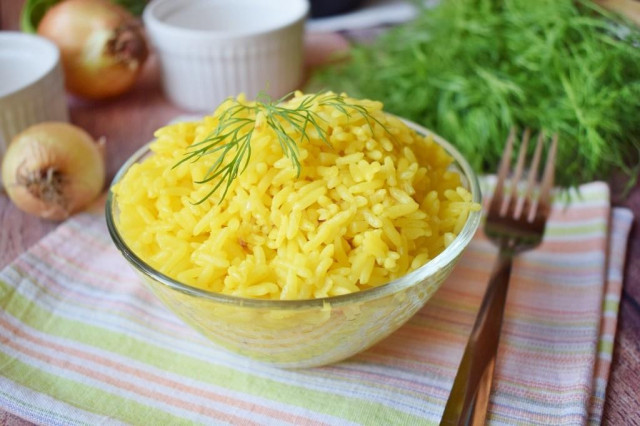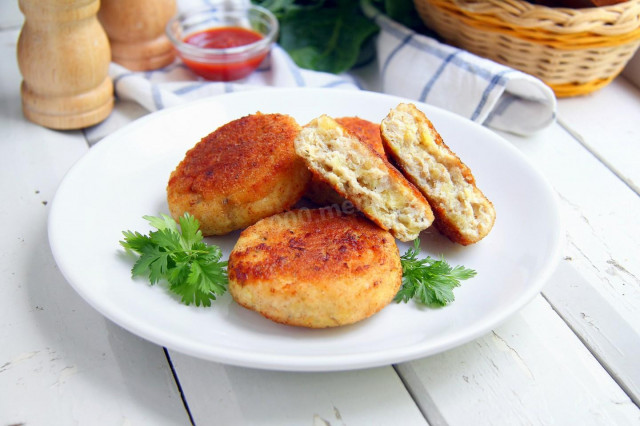Composition / ingredients
Step-by-step cooking
Step 1:
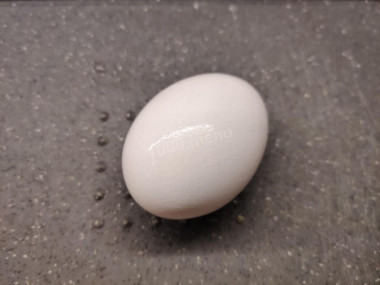
Wash the chicken egg under a stream of warm water. Do not forget to wash your hands with soap after working with eggs. This is necessary to ensure safety and protection from possible salmonella infection.
Step 2:
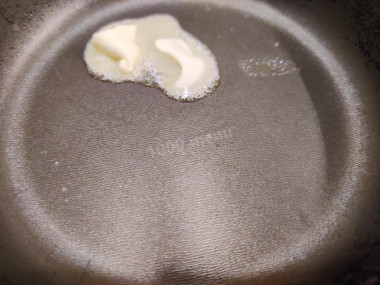
Heat a frying pan with low sides over high heat. Add a piece of butter and melt it to a liquid state. Reduce the heat to medium.
Step 3:
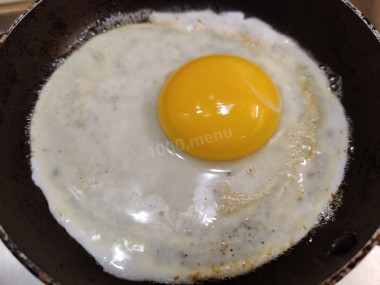
Beat the egg into a frying pan with hot oil and distribute the protein in a circular motion so that it spreads evenly over the pan.
Step 4:
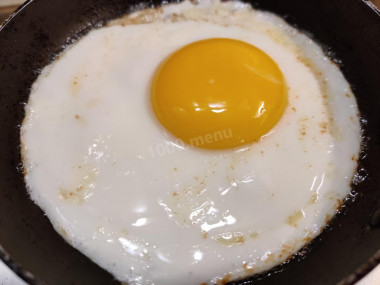
Fry the scrambled eggs until the protein is completely seized, and the yolk will still be bright yellow and liquid. The cooking time of scrambled eggs will depend on many factors such as: the size of the frying pan, the number of eggs and the strength of the fire. I fried my scrambled eggs for only five minutes.
Step 5:
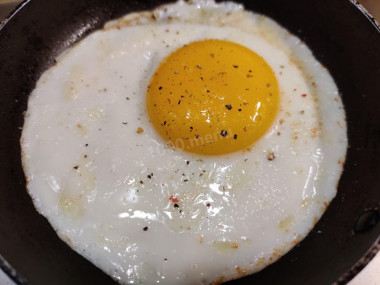
After the scrambled eggs have reached the required degree of readiness, you can lightly salt it to taste. And I also sprinkle the glaze with freshly ground hot pepper.
The presented recipe for scrambled eggs is basic. Fried onions and ripe tomatoes are added to it, if desired. It will taste even better.
When cooking, it is important to break the eggs correctly, trying not to damage the integrity of the yolk.
I usually serve classic fried eggs for breakfast with a thin slice of rye bread. I really like the combination of scrambled eggs with avocado. For my taste, this is a very successful duet. I recommend to try it.
Scrambled eggs are a budget-friendly and quick-to-prepare dish that is rich in protein and, moreover, exceptionally pleasant to the taste. The main thing here is not to overdo the fried eggs on the fire, so that the yolk does not boil and become hard. In this case, the yolk becomes very amateur.
It is worth focusing on the color of the yolk and protein. As soon as the protein is completely white, the scrambled eggs can be removed from the fire. And most importantly: do not cover the fried eggs with a lid during the frying process. So, the yolk will have much more chances to "go" to the solid stage. Although, of course, it's all a matter of taste.
Bon appetit!
Caloric content of the products possible in the composition of the dish
- Chicken egg - 157 kcal/100g
- Egg white - 45 kcal/100g
- Egg powder - 542 kcal/100g
- Egg yolk - 352 kcal/100g
- Ostrich egg - 118 kcal/100g
- Butter 82% - 734 kcal/100g
- Amateur unsalted butter - 709 kcal/100g
- Unsalted peasant butter - 661 kcal/100g
- Peasant salted butter - 652 kcal/100g
- Melted butter - 869 kcal/100g
- Salt - 0 kcal/100g
- Ground hot pepper - 21 kcal/100g
